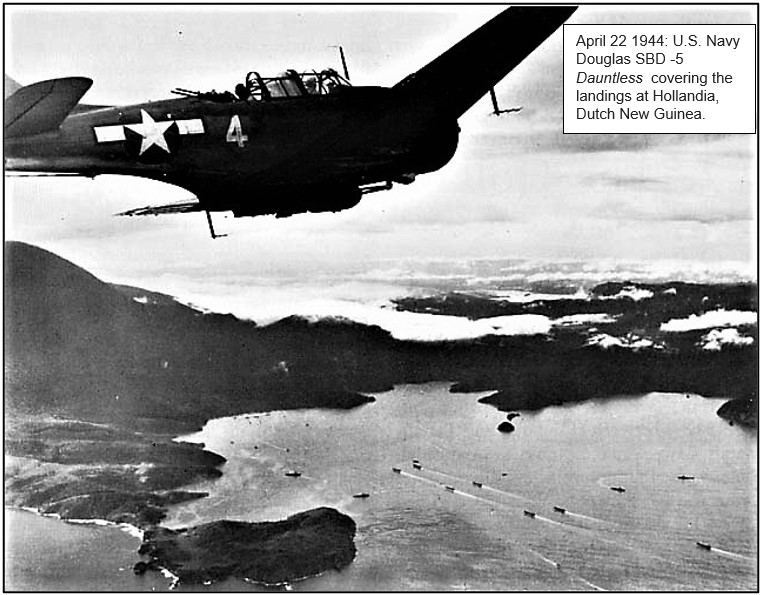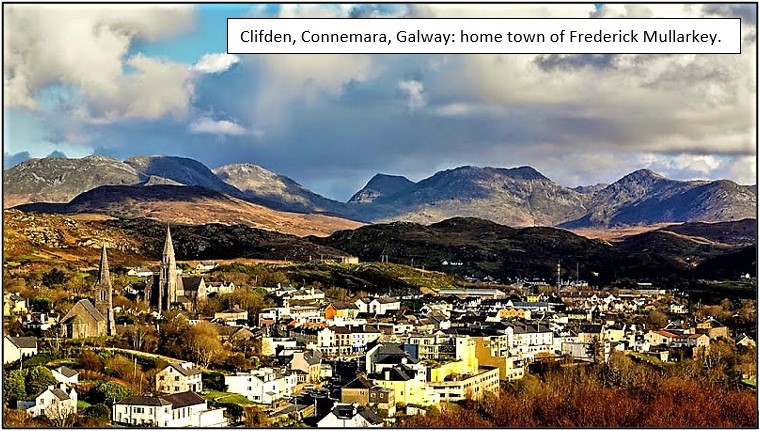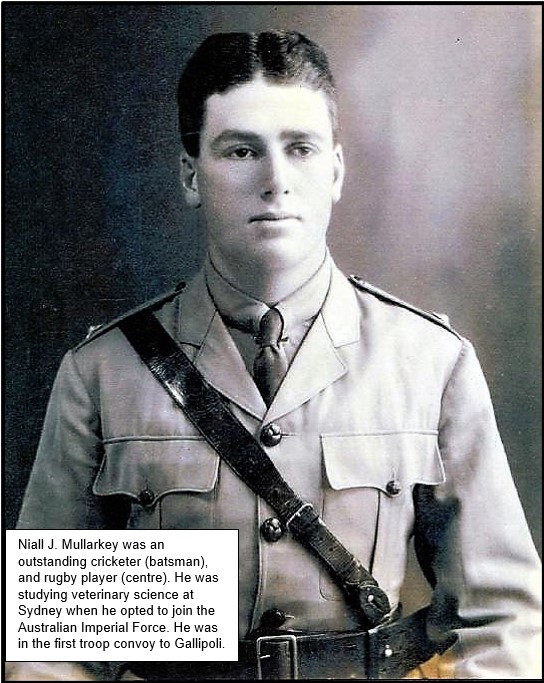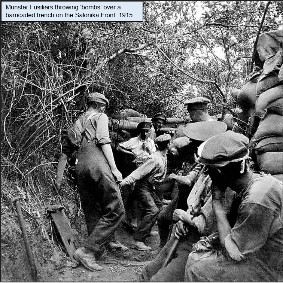
🧵
Ambush at AMBASI
From mid-January 1943 the bedraggled few thousand survivors of Major Gen. Kensaku Oda's forces on the Papuan coast around Gona-Buna were desperately trying to escape .
Their beachhead was being reduced day by day.
They fled in groups by night, silently.
1/21
Ambush at AMBASI
From mid-January 1943 the bedraggled few thousand survivors of Major Gen. Kensaku Oda's forces on the Papuan coast around Gona-Buna were desperately trying to escape .
Their beachhead was being reduced day by day.
They fled in groups by night, silently.
1/21

2/
For about three weeks, 3,400 Japanese stealthily fled the battle zone in small groups, many on barges, and some by foot.
They quietly evaded the Australian and American besiegers, then headed north along the swampy Papuan coast towards their base at Salamaua, then on to Lae.
For about three weeks, 3,400 Japanese stealthily fled the battle zone in small groups, many on barges, and some by foot.
They quietly evaded the Australian and American besiegers, then headed north along the swampy Papuan coast towards their base at Salamaua, then on to Lae.

3/
Most of the escaping Japanese travelled on barges. Due to overwhelming Allied air superiority at this time, these were carefully hidden along jungle-covered creeks and riverbanks in daylight hours.
The Japanese barges were all manned and controlled by the Army, not the Navy.
Most of the escaping Japanese travelled on barges. Due to overwhelming Allied air superiority at this time, these were carefully hidden along jungle-covered creeks and riverbanks in daylight hours.
The Japanese barges were all manned and controlled by the Army, not the Navy.

4/
Most of the Daihatsu-class barges were 14m (47ft) long, diesel-powered and could hold 70 men.
There were larger and smaller variants.
Some were armoured, others wooden.
There were hundreds of Japanese barges scattered along the Papuan and New Guinea mainland & island coasts.
Most of the Daihatsu-class barges were 14m (47ft) long, diesel-powered and could hold 70 men.
There were larger and smaller variants.
Some were armoured, others wooden.
There were hundreds of Japanese barges scattered along the Papuan and New Guinea mainland & island coasts.

5/
The fleeing Japanese hoped to meet waiting barges at the Kumusi River delta mouth, 25km north of Gona – or else they plunged blindly into the dark swamps in their desperation to get to Salamaua in the north.
The barges offered some hope of escape but the swamps offered none.
The fleeing Japanese hoped to meet waiting barges at the Kumusi River delta mouth, 25km north of Gona – or else they plunged blindly into the dark swamps in their desperation to get to Salamaua in the north.
The barges offered some hope of escape but the swamps offered none.
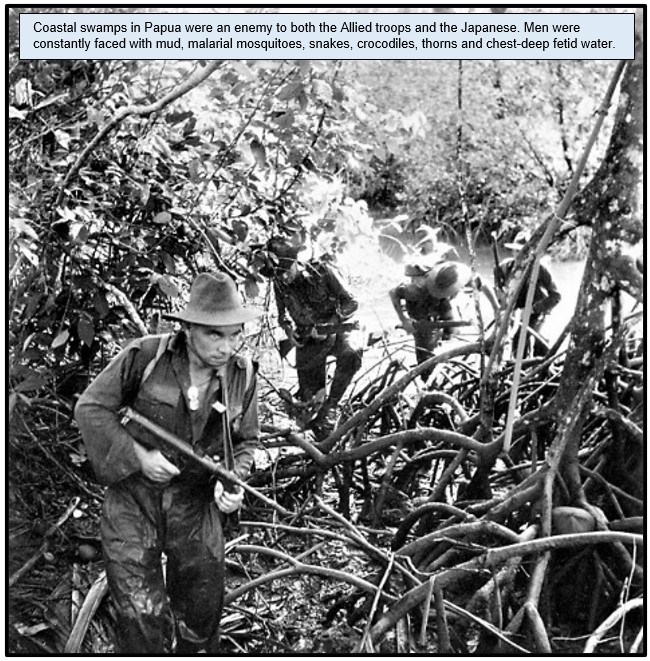
6/
Between the uneasy Japanese units at the Kumusi delta and their relatively safe base at Salamaua stood 150 men of the Papuan Infantry Battalion, at Company strength after the tough Kokoda campaign.
Major Bill Watson, tough FWW veteran & ex-international Rugby player, led them.

Between the uneasy Japanese units at the Kumusi delta and their relatively safe base at Salamaua stood 150 men of the Papuan Infantry Battalion, at Company strength after the tough Kokoda campaign.
Major Bill Watson, tough FWW veteran & ex-international Rugby player, led them.


7/
Watson’s HQ was near the Mambare River, far to the north of Allied lines.
He split the Papuan Infantry Battalion (PIB) into eight long-range fighting patrols, each of 10 to 12 men, in a ring around the 40 x 40 km area of sago swamp that barred the Japanese escape to the north.
Watson’s HQ was near the Mambare River, far to the north of Allied lines.
He split the Papuan Infantry Battalion (PIB) into eight long-range fighting patrols, each of 10 to 12 men, in a ring around the 40 x 40 km area of sago swamp that barred the Japanese escape to the north.

8/
Capt. Harold Jesser, 2IC, was based four hard days trek away nearer the coast in swamps near Opi Creek.
No Japanese unit could travel along the Kumusi or up the thin strip of coastal beach without a fatal encounter with the Papuans, who killed over 500 of them in many battles.
Capt. Harold Jesser, 2IC, was based four hard days trek away nearer the coast in swamps near Opi Creek.
No Japanese unit could travel along the Kumusi or up the thin strip of coastal beach without a fatal encounter with the Papuans, who killed over 500 of them in many battles.
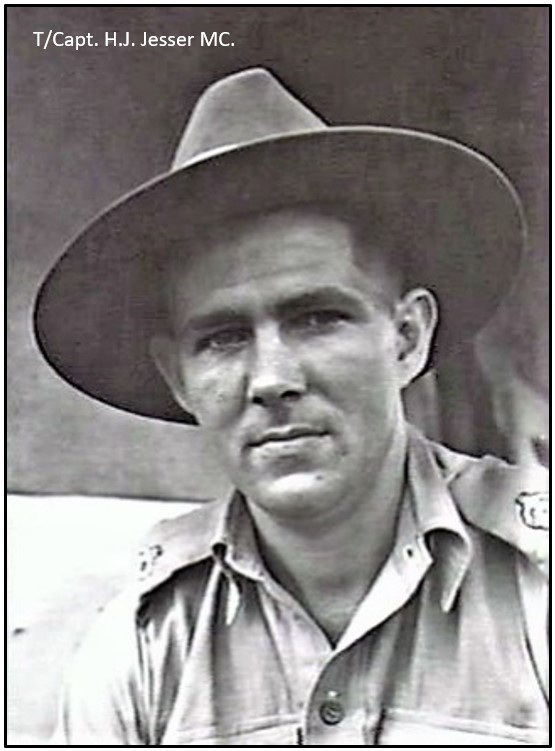
In Nov 1942 PIB No. 3 patrol had attacked a Japanese barge base at Ambasi Mission.
They killed 6 Japanese and destroyed several barges, but L/Cpl Borage was KIA.
Jesser anticipated an enemy move to retake Ambasi.
He brought in his patrols and assembled 40 men there to meet them.
They killed 6 Japanese and destroyed several barges, but L/Cpl Borage was KIA.
Jesser anticipated an enemy move to retake Ambasi.
He brought in his patrols and assembled 40 men there to meet them.

10/
Jan 1943: Sgt Kari, leading No 5 patrol, was tracking a much larger enemy party.
They eventually walked into his carefully prepared ambush.
In a fierce battle the enemy was eliminated.
Kari personally killed 31 enemy; was awarded the Military Medal for bravery and leadership.
Jan 1943: Sgt Kari, leading No 5 patrol, was tracking a much larger enemy party.
They eventually walked into his carefully prepared ambush.
In a fierce battle the enemy was eliminated.
Kari personally killed 31 enemy; was awarded the Military Medal for bravery and leadership.

11/
The PIB had at last obtained two new Bren guns.
They’d damaged & captured a barge near Ambasi, killing 2.
Incredibly, the cargo included Vickers belted .303 MG ammunition in boxes marked “Singapore”.
The ammo-starved PIB now had all they could want.
And it contained tracers.
The PIB had at last obtained two new Bren guns.
They’d damaged & captured a barge near Ambasi, killing 2.
Incredibly, the cargo included Vickers belted .303 MG ammunition in boxes marked “Singapore”.
The ammo-starved PIB now had all they could want.
And it contained tracers.

12/
The PIB men worked hard for ten days to repair the enemy barge.
It would greatly improve their ability to move quickly along the coast, up creeks & rivers, replenish patrols & harass Japanese units.
But once launched, it was quickly attacked and destroyed by Allied aircraft!
The PIB men worked hard for ten days to repair the enemy barge.
It would greatly improve their ability to move quickly along the coast, up creeks & rivers, replenish patrols & harass Japanese units.
But once launched, it was quickly attacked and destroyed by Allied aircraft!

13/
21 Jan: Jesser had carefully gathered 40 PIB riflemen at Ambasi.
The predicted Japanese arrival occurred at 10pm.
Two obscure shapes slowly approached the dark shore.
Barges! Jesser had split his men into three groups:
one platoon was on Ambasi beach under Cpl Gabriel Ehava.
21 Jan: Jesser had carefully gathered 40 PIB riflemen at Ambasi.
The predicted Japanese arrival occurred at 10pm.
Two obscure shapes slowly approached the dark shore.
Barges! Jesser had split his men into three groups:
one platoon was on Ambasi beach under Cpl Gabriel Ehava.

14/
He was under orders not to fire until the new Bren upon the eastern bluff about 180m away had opened up.
A 3rd squad was to the north.
The villagers had gone up on to high ground in anticipation of a show.
It was not long in coming.
Jesser was on the bluff near the Bren crew.
He was under orders not to fire until the new Bren upon the eastern bluff about 180m away had opened up.
A 3rd squad was to the north.
The villagers had gone up on to high ground in anticipation of a show.
It was not long in coming.
Jesser was on the bluff near the Bren crew.

The armed barges approached.
Sgt John Ehava, on the Bren, fired.
Instantly a band of light flashed from the beach towards the barges!
A loud “Whoosh” was heard on the bluff.
“What the hell was that?”
Suddenly, again – a loud “Whoosh!”.. and a band of light slammed into the barges
Sgt John Ehava, on the Bren, fired.
Instantly a band of light flashed from the beach towards the barges!
A loud “Whoosh” was heard on the bluff.
“What the hell was that?”
Suddenly, again – a loud “Whoosh!”.. and a band of light slammed into the barges

16/
Enemy MG fire was quickly silenced.
Rifle fire from the barges was inaccurate.
The barges retreated.
Jesser went down to the beach to learn what had happened.
Gabriel Ehava had lined up his 30 men and had ordered volley fire!
“Load, fire! Load, fire!”
...using tracer bullets!

Enemy MG fire was quickly silenced.
Rifle fire from the barges was inaccurate.
The barges retreated.
Jesser went down to the beach to learn what had happened.
Gabriel Ehava had lined up his 30 men and had ordered volley fire!
“Load, fire! Load, fire!”
...using tracer bullets!


The tracer rounds in one volley looked like a band of light from up on the buff.
The village squad and the spectators reported that one barge had sunk.
Voices in the dark water confirmed this.
Hours later, two larger, faster barges appeared well out to sea looking for survivors.
The village squad and the spectators reported that one barge had sunk.
Voices in the dark water confirmed this.
Hours later, two larger, faster barges appeared well out to sea looking for survivors.

The big barges made a fast run in towards Ambasi.
Immediately, crossfire from the shore hit them.
They retreated into the darkness out of range.
The Japanese hurled abuse in English, at the Papuans, who yelled in response with their own swearing and insults aimed at the Japanese.

Immediately, crossfire from the shore hit them.
They retreated into the darkness out of range.
The Japanese hurled abuse in English, at the Papuans, who yelled in response with their own swearing and insults aimed at the Japanese.

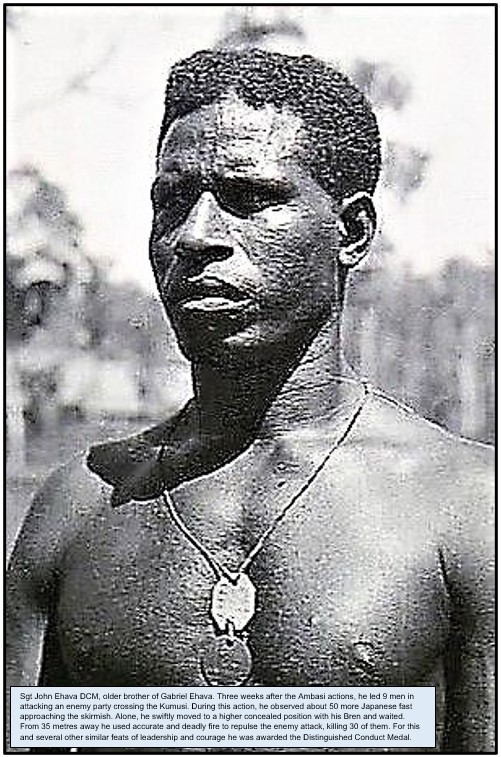
The shouting was good for morale.
Now that the PIB had Brens, the Japanese no longer had the firepower all their own way.
Many of the PIB were actually from New Guinea, forcibly brought from Rabaul as slave labour by the Japanese.
They hated the occupying Japanese with a passion.
Now that the PIB had Brens, the Japanese no longer had the firepower all their own way.
Many of the PIB were actually from New Guinea, forcibly brought from Rabaul as slave labour by the Japanese.
They hated the occupying Japanese with a passion.

20/
Next night, 3 am three large, fast barges made three aggressive attempts to occupy Ambasi.
They kept close together, making excellent targets.
Each had 2 machine guns w/several riflemen.
Heavy PIB crossfire finally made them turn away.
On the third run, one barge caught fire.
Next night, 3 am three large, fast barges made three aggressive attempts to occupy Ambasi.
They kept close together, making excellent targets.
Each had 2 machine guns w/several riflemen.
Heavy PIB crossfire finally made them turn away.
On the third run, one barge caught fire.

Two barges retreated; the burning one drifted off and exploded.
The Japanese never tried again to re-take Ambasi, their barge base, nor could they evade the PIB patrols on land.
PIB men were now a force to be reckoned with.
They staged a victory dance to mark their success.
END

The Japanese never tried again to re-take Ambasi, their barge base, nor could they evade the PIB patrols on land.
PIB men were now a force to be reckoned with.
They staged a victory dance to mark their success.
END
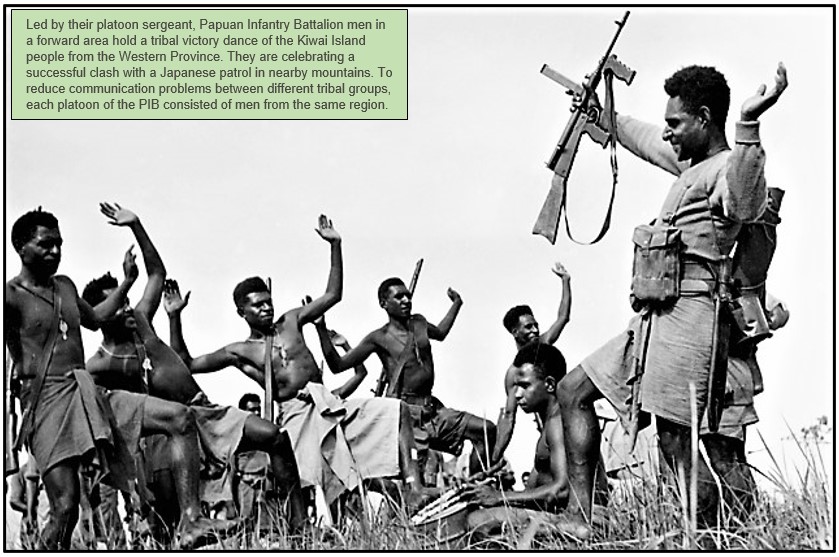

• • •
Missing some Tweet in this thread? You can try to
force a refresh














